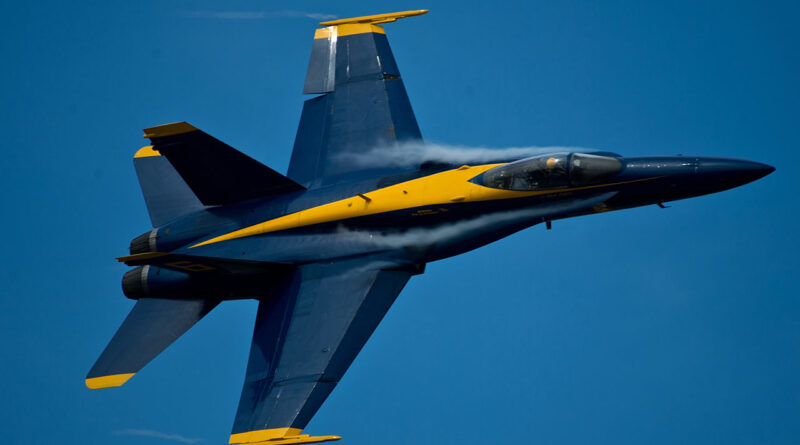Fastest plane in the world
Soaring Through the Skies: A Chronicle of Supersonic Jets and Record-Breaking Speed
Since the dawn of aviation, the quest for supersonic flight has enthralled humanity, a relentless pursuit to transcend the barriers of sound and conquer the skies at breakneck pace. This insatiable desire to defy nature’s limitations has given rise to some of the most awe-inspiring engineering marvels in history, pushing the boundaries of technology and redefining the limits of human achievement.
At the pinnacle of this supersonic revolution stands the Lockheed SR-71 Blackbird, a veritable legend of the air that has held the title of the world’s fastest jet aircraft for over half a century. This sleek, black reconnaissance plane, unveiled in the 1960s, could attain speeds of Mach 3.5, a staggering 2,500 miles per hour, capable of traversing the United States from coast to coast in a matter of hours.

The SR-71’s incredible speed was a testament to its revolutionary design, featuring a titanium airframe, a powerful afterburning turbojet engine, and a unique inlet system that efficiently compressed air at supersonic speeds. This synergy of cutting-edge technology allowed the Blackbird to soar through the upper atmosphere, leaving a trail of sonic booms in its wake.
Although the SR-71 was retired in 1998, its legacy continues to inspire and challenge aviation engineers worldwide. Today, several new supersonic aircraft are in various stages of development, promising to rekindle the era of high-speed air travel. Among these contenders is the Boom Supersonic Overture, a commercial airliner designed to carry up to 50 passengers at speeds of Mach 2.2, twice the speed of sound.
The pursuit of supersonic flight is fraught with challenges. The immense heat generated at supersonic speeds demands advanced materials and cooling systems to withstand the stress. Additionally, the sonic boom, a thunderous noise created when an aircraft exceeds the speed of sound, poses environmental and regulatory concerns.
Despite these challenges, the allure of supersonic flight remains strong. The potential for faster travel, reduced journey times, and enhanced global connectivity continues to drive innovation and investment in this field. As technology advances and regulations evolve, the prospect of supersonic commercial air travel may soon become a reality, once again transforming the way we connect and explore our world.
The Mach 2 Frontier and Beyond
The SR-71’s record-breaking speed of Mach 3.5 has yet to be surpassed by a manned aircraft, but the pursuit of even faster air travel continues unabated. The Experimental X-51 Waverider, developed by Lockheed Martin, holds the record for the fastest manned aircraft, achieving Mach 6.7 in 2013, but its flight time was limited to just a few minutes.
Several manned and unmanned aircraft are currently under development with the goal of exceeding Mach 5 and even reaching Mach 10 or more. These next-generation hypersonic vehicles hold immense potential for both military and civilian applications, promising to revolutionize transportation, defense, and scientific exploration.

